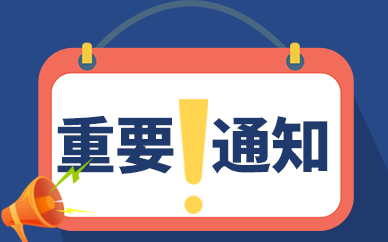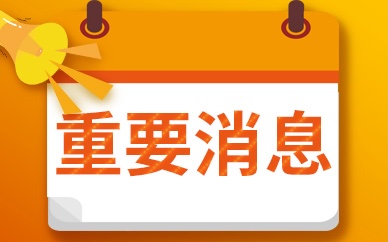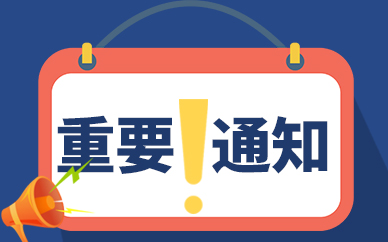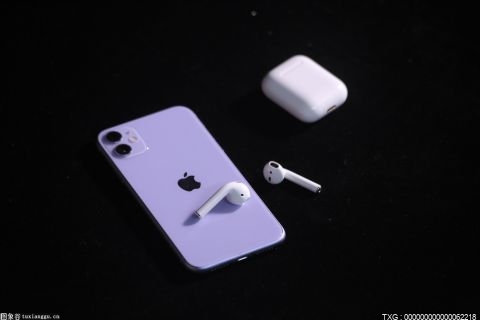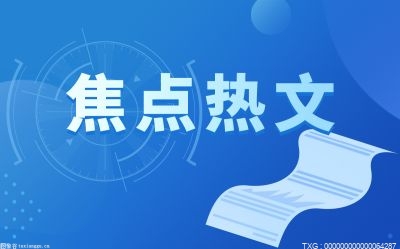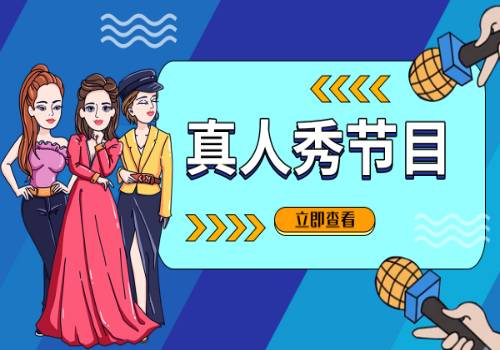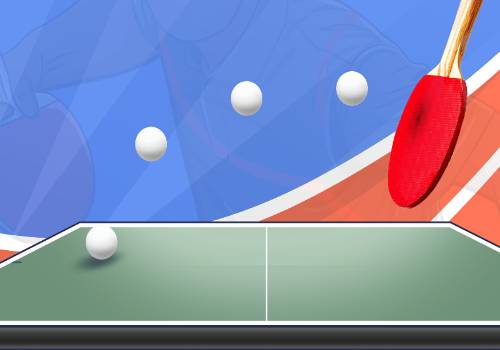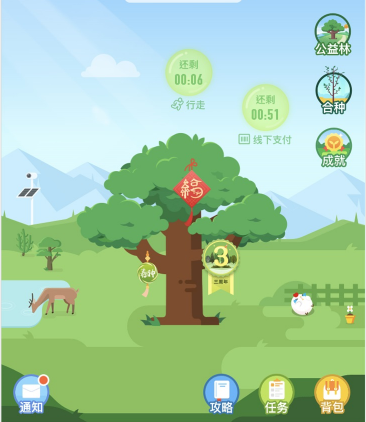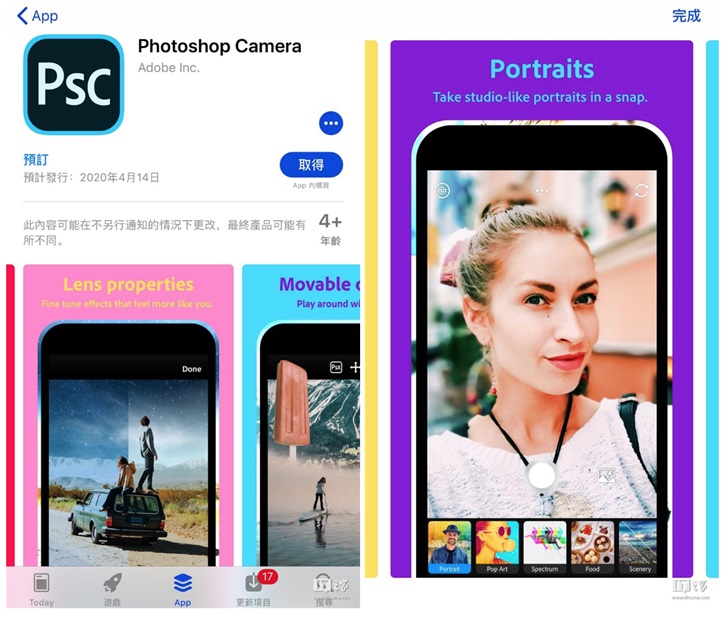在之前的文章,我们学习了 Angular 中自定义 Video 操作,没有度过的读者可先了解。
现在有这么一个需求,你会怎么实现呢?
页面中 video 标签,当滚动高度超过其位置之后,将其设置为可在可视区域自由拖拽。
一个不错的 Idea,如果你使用 Angular的 @angular/cdk/drag-drop可以轻松实现,但是我们这里不使用工具。【相关教程推荐:《angular教程》】
好吧,我们来分析下实现的思路:
页面滚动高度大于视频所在的位置:那么就是视频的bottom值相对可视窗口的值要小于0,我们需要设定一个包裹 video标签的 div方便计算,其高度是原设定 video的高度。即元素脱离原文档布局video元素可以拖拽,那么其定位需要被改变为 fixedvideo元素在可视区内自由拖动,那么需要对其 top, left值进行限定所以我们设定下面的 demo布局:
有下面这些预定的样式:
html, body { height: 6000px; background-color: #fff;}#anchor { height: 360px; width: 100%; background-color: #F0F0F0;}.video { width: 640px; height: 360px; margin: 0 auto; background-color: black; &.video-fixed { position: fixed; top: 10px; left: 10px; width: 320px; height: 150px; cursor: all-scroll; .masker { display: none; } &:hover { .masker { display: block; position: absolute; width: 100%; height: 100%; background-color: rgba(0, 0, 0, 0.8); z-index: 2; } } }}这里还引入了 rxjs来操作。
元素脱离原文档布局
刚才已经分析了 video元素脱离文档的临界调节了:
video的外 div,即 #anchor元素的相对视图的 bottom < 0。所以我们有:
@ViewChild("anchor", { static: false })public anchor!: ElementRef;@ViewChild("video", { static: false })public video!: ElementRef;public scroll!: any;ngAfterViewInit(): void { this.scroll = fromEvent(document, "scroll"); this.scrollFn();}// 页面滚动public scrollFn() { this.scroll .pipe( debounceTime(50), // 防抖 map(() => this.anchor.nativeElement.getBoundindClientRect().bottom < 0) ) .subscribe((flag: boolean) => { // 添加和移除样式 if(flag) { this.video.nativeElement.classList.add("video-fixed"); } else { this.video.nativeElement.classList.remove("video-fixed"); } })}先获取 anchor元素对象,监听页面对象 document滚动(我们这里加入了防抖函数优化),当 bottom < 0的时候,将相关的样式 video-fixed添加给 video。
元素拖拽
接下来就是实现 video元素的拖拽。这里我们要监听 video元素的三个事件,分别是鼠标按下 mousedown,鼠标移动 mousemove和鼠标抬起 mouseup。
// demo.component.tspublic mouseDown!: any;public mouseUp!: any;public mouseMove!: any;ngAfterViewInit(): void { this.mouseDown = fromEvent(this.video.nativeElement, "mousedown"); // 目标元素按下,即 video this.mouseMove = fromEvent(document, "mousemove"); // 元素在文档内移动 this.mouseUp = fromEvent(document, "mouseup"); // 鼠标抬起 this.moveFn()}// 目标元素移动public moveFn() { this.mouseDown .pipe( filter(() => this.video.nativeElement.classList.contains("video-fixed")), map(() => this.mouseMove.pipe( throttleTime(50), // 节流 takeUntil(this.mouseUp) )), // concatAll 顺序接受上游抛出的各个数据流作为它的数据, 若前面的数据流不能同步的完结,它会暂存后续数据流,当前数据流完成后它才会订阅后一个暂存的数据流 concatAll(), withLatestFrom(this.mouseDown, (move:any, down:any) => { return { x: this.validValue(move.clientX - down.offsetX, window.innerWidth - this.video.nativeElement.offsetWidth, 0), y: this.validValue(move.clientY - down.offsetY, window.innerHeight - this.video.nativeElement.offsetHeight, 0) } }) ) .subscribe((position: { x: number, y: number }) => { this.video.nativeElement.style.top = position.y + "px"; this.video.nativeElement.style.left = position.x + "px"; })}// 校验边界值public validValue = (value:number, max:number, min: number) => { return Math.min(Math.max(value, min), max)}我们监听目标元素(filter 函数)被鼠标按下,然后鼠标可以在 document范围内移动(这里用节流函数优化了下),直到监听到鼠标抬起。在移动的过程中,计算目标元素的相对可视窗口左侧和顶部的距离,将值赋予到 left和 top。
这里的计算 move.clientX - down.offsetX, window.innerWidth - this.video.nativeElement.offsetWidth,相关的概念也许你不是很清楚,不过没关系,上面的内容,理解思路即可。相关的知识点会在接下来的文章介绍。
最后,我们得到的效果如下
【完】
更多编程相关知识,请访问:编程视频!!
以上就是浅析Angular+rxjs怎么实现拖拽功能?的详细内容,更多请关注php中文网其它相关文章!



